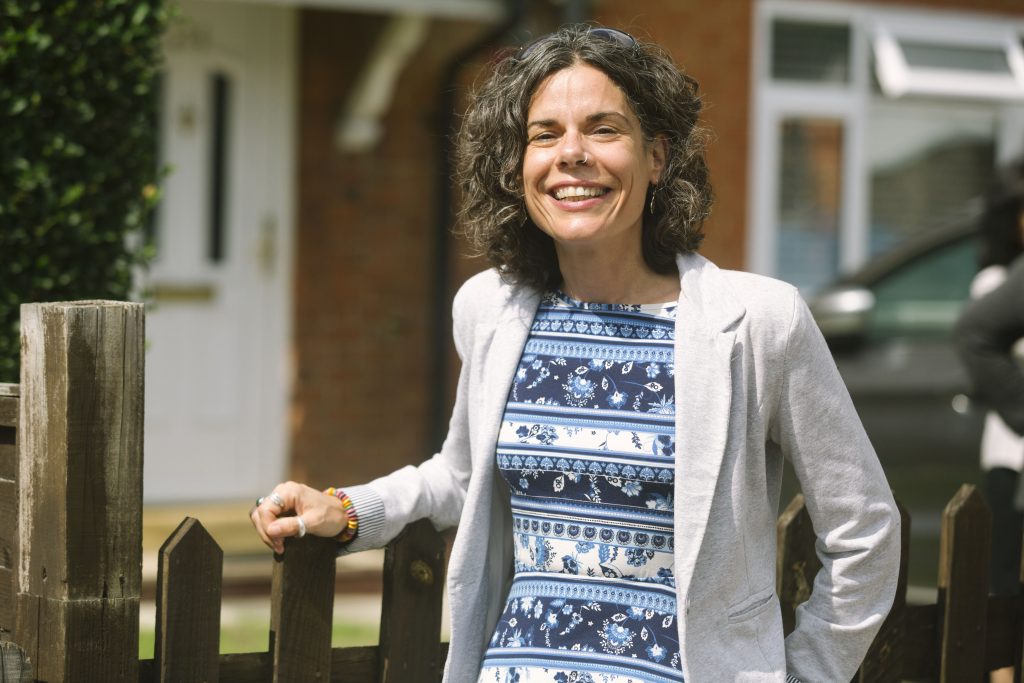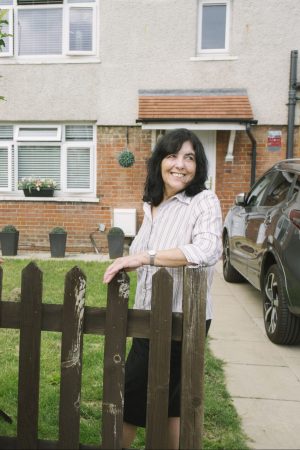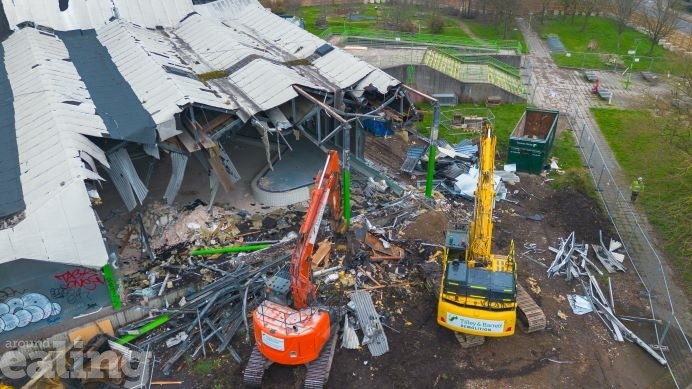A significant chunk of the UK’s harmful carbon emissions come from keeping our homes warm. But the council is using a pioneering Dutch retrofit method to take the heat out of this issue.
You may remember an article we ran recently about the ground-breaking approach to retrofitting homes that makes them incredibly energy efficient, which is taken from a concept called Energiesprong (‘energy leap’), so called because it aims to jump straight to net zero in a single bound.
Well, work is now under way on 68 council-owned houses and flats in South Ealing to effectively wrap them in what has been described as a ‘tea cosy’ – and you cannot get more homely than that.
The buildings will be hugged by protective external insulation; and powered with electricity mainly generated by solar panels put on the roof. With air source heat pumps and ventilation, the combined effect is to keep the home at a steady 18-21 degrees Celsius all year round – and there is no longer any need for gas, which is carbon-heavy. The newly retrofitted homes get performance guarantees, to make sure they stay at comfortable temperatures throughout the year, come rain or shine, and the best part is that residents can remain in their homes while retrofit work is carried out, because nearly all of the improvements take place on the exterior of the home.
Cutting bills, creating jobs
This approach is not just of environmental benefit. It dramatically cuts the costs of energy bills, too – something that has been proving a challenge to an increasing number of households. And, in addition, it will create jobs. The green energy and green homes industries are growing fast; and these kinds of projects can help put Ealing at the forefront of the green revolution. It is a key plank of the council’s plans for our borough’s post-COVID economic recovery.
Energiesprong was first trialled in the UK in Nottingham – and now Ealing is leading the way in London. The council is funding more than half of the retrofit project in South Ealing with an investment of £3.4million, while grant funding has been secured from a variety of sources for the rest. The hope is to secure more money from the government to do much more – because at least 5,000 of the council’s properties have been identified as being suitable. That is a third of the council’s housing stock.

Good for climate, good for tenants
Councillor Deirdre Costigan, the council’s cabinet member for climate action, said: “This isn’t just good for the climate, it’s also good for our tenants: We estimate that people could pay much less for their heating every year – and it will also help with ventilation; keeping their houses cool in the summer, not just warm in the winter. The houses will have triple glazing, which will cut down on noise; and they will have solar panels on the roof to generate their own electricity. They will be fully insulated – like a tea cosy put over their property.”
You can watch a video above explaining more about the retrofit project in South Ealing, made when Councillor Costigan visited the estate.
‘It looks very exciting’

Trees Estate resident Asma Mohammad said: “It looks very exciting because I am trying to become a bit more ‘green’ myself. And the chance to reduce my energy bills was a bonus because I have a baking business and I use gas a lot, so the bills are quite high.”
The loss of her trusty gas oven was a concern, but she hopes it ‘won’t be too much of a hurdle’ to switch to an induction oven.
She said: “The more l learn about global warming, and the more I learn about the impact our actions, including our fuel consumption and waste, have on the environment and how it will affect future generations, the more I want to become greener myself. And maybe me sacrificing a few things for the greater good, and longer good, is not so hard.”
Fellow resident Anne Lloyd said her energy bills are ‘very expensive’ at the moment.
She said: “The project sounds very good to me if it’ll save me money on my energy bills and also make the house warmer – and also soundproof it as well. We have a lot of traffic where we live – and it would be good if we can reduce the noise because we hear it quite a lot indoors, especially at night. When you’re trying to sleep, the traffic can be very loud.”






